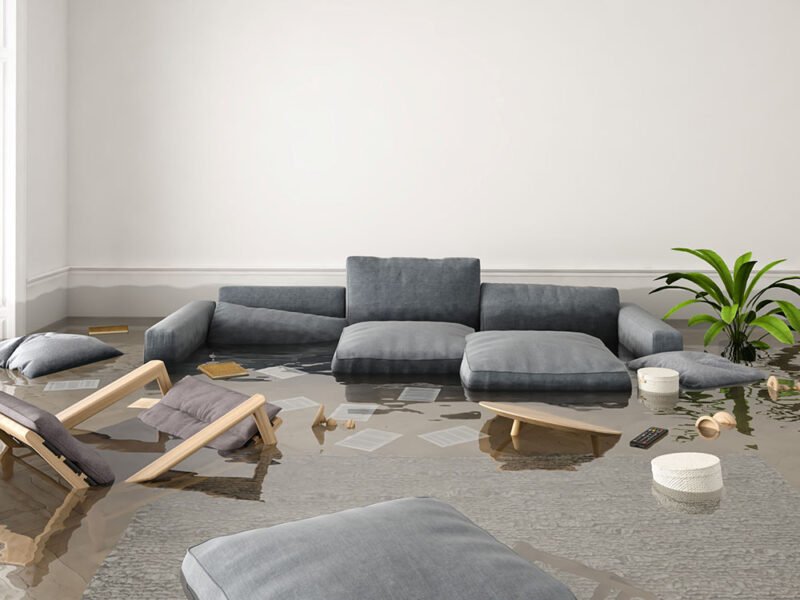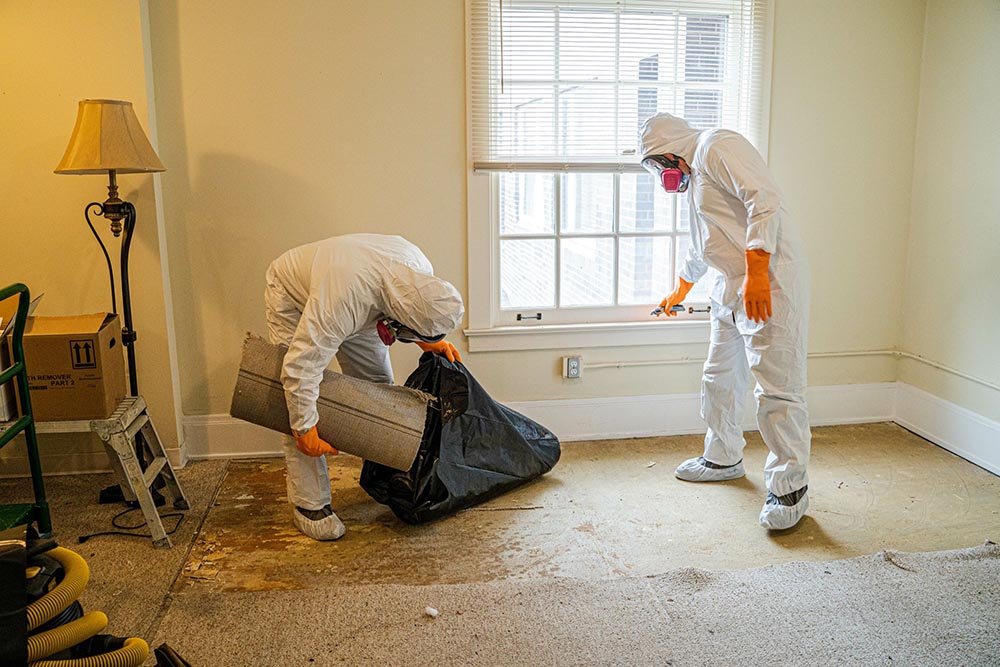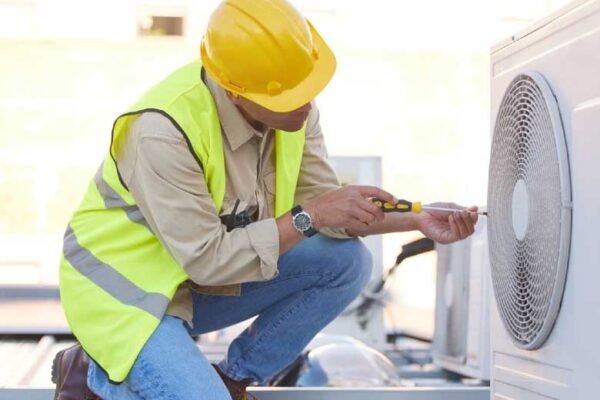
Floods are a potent and devastating force of nature, with the potential to wreak immense havoc on homes. Yet, even in the face of such powerful elements, homeowners are far from helpless.
Proactive flood-proofing is an achievable goal, albeit daunting. However, this approach is not about completely eliminating the possibility of floods but rather about implementing measures to limit the damage caused by floods. Even if your home is located in areas highly prone to flooding, there are steps you can take to protect your home. After all, your home is more than just a structure; it’s a sanctuary that deserves protection.
Understanding the risks and preparing adequately are some of the most important facts, key to mitigating flood damage. Foundation Waterproofing Membrane installation is one such critical measure to mitigate flood damage. By installing a high-quality waterproofing membrane around the foundation of your home, you create a barrier that prevents water from seeping into your basement or crawl space during floods. This proactive step helps safeguard your home’s structural integrity and prevents costly water damage repairs. Moreover, this guide explores flood-proofing strategies to help reinforce your home’s defenses and ensure its resilience in the face of flooding.
Install Foundation Vents Or Sump Pumps
One of the most effective methods of flood-proofing your home is the installation of foundation vents or sump pumps, two devices designed to reduce the impact of flooding by managing water levels in and around your home.
Foundation vents, also known as flood vents, are specifically designed to allow water to pass through your home’s foundation walls. During a flood, the pressure from water buildup can compromise the structural integrity of your home’s foundation. By installing flood vents, you’re allowing this water to flow freely, thus equalizing the pressure on both sides of the wall. This significantly reduces the risk of your foundation walls collapsing under the stress of floodwater. However, note that installing flood vents can be a complex process and might require professional assistance.
Sump pumps in crawl space are another effective solution for managing water accumulation. They work by automatically pumping out excess water that collects in the crawl space, helping to prevent flooding and moisture buildup. Sump pumps are particularly useful in areas prone to heavy rainfall or where the water table is high. By investing in a sump pump for your crawl space, you can safeguard your home against water damage and mold growth.
While the upfront costs for installation can be substantial, the potential savings in terms of avoided damage and peace of mind can make these measures a smart investment in the long run.
Install Water Sensors Or Flood Detection Systems
Early detection is critical in managing and minimizing flood damage to your home. One proactive step in achieving this is installing water sensors or flood detection systems, which can provide an early warning, give you crucial time to react, and take appropriate measures to limit potential damage.
Water or flood sensors are designed to detect the presence of water in places it shouldn’t be. They can be installed in potentially vulnerable areas of your home, such as basements, attics, near water heaters, dishwashers, and washing machines. When these sensors detect excess moisture or the start of a leak, they trigger an alarm, alerting you to the problem before it escalates into a full-blown flood. Some advanced water sensors can even send alerts to your smartphone or tablet, keeping you informed even if you are away from home.
On the other hand, flood detection systems can be a part of a broader home security or smart home system. These systems are typically more sophisticated and can offer features such as automatic water shut-off when a leak is detected, or they can be integrated with a sump pump system to warn you if the pump fails or is overwhelmed.
These systems can offer peace of mind, particularly if you live in a flood-prone area or travel frequently.

Clear Debris From Drains And Ditches Regularly
Keeping your drains and ditches clear and free from blockages is a key aspect of flood-proofing your home. By prioritizing proper maintenance, you can effectively divert excess water away from your property, especially during heavy rainfalls and floods. This goes a long way in mitigating the risks of flood damage to your home.
Drains, whether on the street or in your yard, are the primary channels for rainwater to flow away from your home. If these drains are clogged with leaves, dirt, or other debris, it can impede water flow, causing it to back up and potentially flood your property. Similarly, ditches, often designed as a natural collection point for rainwater, can overflow if blocked, leading to potential flooding.
Homeowners can typically handle the task of clearing debris themselves. For drains, this involves conducting regular inspections and removing any visible obstructions. However, there may be instances when the blockage is underground, requiring professional assistance. Likewise, checking ditches for any accumulation of leaves, trash, or sediment that may impede water flow is important.
By staying diligent with these maintenance tasks, particularly during the rainy season, you can help ensure the effective functioning of these water pathways and reduce the risk of potential flood-related issues.
Repair Leaks Immediately
Leaks can occur anywhere in your home, from your roof, windows, and doors to your plumbing system. That said, regularly inspect these areas for signs of leaks, such as water stains, mold, musty odors, or bubbling paint. Plumbing leaks, in particular, can be problematic and hazardous as they often go unnoticed until they cause substantial damage. Additionally, be mindful of unusual signs such as unexpectedly high water bills, damp cabinets, or a constantly running water meter.
Often, homeowners tend to underestimate the potential damage a simple leak can cause, but even minor leaks can lead to significant water damage over time. Besides, ignoring a small leak can often lead to bigger plumbing issues, resulting in severe flooding.
Cracks in Walls can often be a hidden source of leaks. If you notice water stains on your walls or ceilings, it’s essential to investigate the possibility of cracks in your walls. These cracks can develop over time due to various reasons, including settling of the foundation or changes in temperature. To prevent further damage, it’s crucial to address these cracks promptly.
When you identify a leak, it’s critical to act quickly. Small leaks in easy-to-reach places can often be fixed with simple DIY methods, like applying a sealant. However, larger leaks or those that are hard to access might require the expertise of a professional plumber or contractor. Remember, the cost of fixing a leak promptly is usually much less than dealing with the aftermath of a flood caused by ignoring it.
Final Thoughts
Safety and protection of your home is an ongoing task that requires constant vigilance and proactive measures, with each strategy, from the most basic to the more advanced, playing an integral role in building your home’s resilience. However, each home and situation is unique, so remember to customize these strategies according to your specific needs, always keeping in mind the objective of creating a safer living environment for you and your family.









